Itinerary:
Cluj-Napoca - Suceava - Monasteries Tour - Suceava - Iasi - Chisinau - Brasov - Sibiu - Cluj-Napoca
Services included in the package:
transportation by modern minibus / coach
tour guide in the language of your choice (English, German, French)
7 nights accommodation on breakfast basis in 3*-4* quality hotels
Services not included in the package:
entry fees
other services not mentioned.
Day 1
Cluj-Napoca
Group pick up from Cluj-Napoca Airport.
Cluj-Napoca, the former capital of Transylvania, is today one of Romania’s most vibrant and dinamic cities.
Cluj-Napoca city tour - with the visit of St Michael's Gothic Church, the Benedictine Monastery, the Museum Square, the Union Square.
The capital of Transylvania in the medieval times, Cluj-Napoca is nowadays an interesting city, sharing both traditional and progressive events; definitely worth visiting for its excellent cultural activities, wonderful historical legacy, fine dining, and great atmosphere.
Dinner and accommodation in Cluj-Napoca.
Cluj Napoca - St Michael's Church
Day 2
Cluj-Napoca - Bistrita - Campulung Moldovenesc - Voronet - Humor - Suceava
Leaving Cluj-Napoca, passing through Bistrita (one of the main seven Saxon citadels in Transylvania) on the way to Campulung Moldovenesc, in the Bukovina region. Visit of the Campulung Moldovenesc Wood Art Museum, a true encyclopedia of the peasant life universe.
The tour continues with the sightseeing of the beautiful Bukovina region.
In the afternoon - visit of Voronet monastery, known as the Sistine Chapel of the Orient, famous for its stunning and well preserved XVth - XVIth century vivid blue exterior frescoes; and the monastery of Humor, one of the first painted Moldavian monasteries in the XVth century, small but shining bright among Bukovina’s treasures; both part of the UNESCO World Heritage.
Dinner and accommodation in Suceava (former capital of Moldavia during Stefan the Great’s reign)
Day 3
Suceava - Marginea - Moldovita - Putna - Suceava
Transfer to Marginea, a small village preserving a unique and beautiful tradition of producing black ceramics, craftsmanship dating from the XVth century, visit of a traditional black pottery workshop.
Second stop - Moldovita Church; visit of the church with frescoes depicting Biblical scenes both on the outside and on the inside. Dating back to the XVth century, the monastery consists of a fortified quadrangular enclosure with towers, thick walls and large gates.
As one of the nuns once said, Moldovita frescoes are a true "holy scriptures in color".
In the afternoon, visit of the imposing Putna monastery, built of massive stone blocks, and twelve buttresses which support the walls. Putna is an important cultural, religious and artistic center established in medieval Moldavia. The Putna monastery was built by Stefan the Great, after he conquered the Kilia citadel, as a mean to give thanks to God.
Dinner and accommodation in Suceava
Marginea - Black Ceramics Manufacture
Day 4
Suceava - Iasi - Chisinau
Departure from Suceava to Iasi.
En route visit of the Ruginoasa Palace, former residence of the Alexandru Ioan Cuza - ruler of Romanian Principalities (Walachia and Moldavia). The Ruginoasa Palace, a mansion full of history was restaurated and preserves the same features and atmosphere as it formerly had.
Transfer to Iasi, one of Romania's oldest cities and Moldavia's most important city - cultural, economical and political.
Over five centuries of history, culture and religion have forged a special atmosphere for Iasi.
Iasi - city short sightseeing, visit of the beautiful Palace of Culture, one of Iasi's landmarks; Golia Monastery, XVIth century, and the Metropolitan Cathedral, the largest Orthodox church in Romania.
Border formalities Romania - Republic of Moldova. Accommodations in Chisinau, the capital of Republic of Moldova.
Dinner and accommodation in Chisinau.
Day 5
Chisinau
The capital of the Republic of Moldova, Chisinau is a modern city built on seven hills, the centre of all important events.
The most picturesque buildings are those built in Neo-classical and Neoroman style: the City Hall (1902), the Fine Arts Museum, The Museum of Natural History and Ethnography, the Museum of Archeology and History, the Water Tower, Ciuflea Monastery, Mazarachi Church (1752-1757, the oldest building in Chisinau), the „Holy Emperors Constantin and Elena” Church.
Departure from Chisinau to Cricova Winery, with its famous wine cellars.
Cricova, the largest underground wine cellars in the world; a special place where the excellent Moldavian wines are aged and preserved in the famous Cricova limestone mines (almost 60 km in length), under the careful custody of wine-makers. Cricova cellars can be considered an underground town; convince yourself while driving along the streets and boulevards with wine names Cabernet, Feteasca, Pinot, Aligote.
The Cricova cellars museum stores the Republic of Moldova's national wine collection (1,2 million bottles); and sparkling wine is produced following the classical French fermentation method.
All Cricova wines can be tasted in luxurious tasting halls, which are a veritable masterpiece of exquisite architecture.
Dinner and accommodation in Chisinau
Chisinau Opera (source:Wikipedia)
Day 6
Chisinau - Brasov
Visit Curchi Monastery, famous in the region, located in one of the most picturesque areas - Orhei forest - in the center of Republic of Moldavia, near the village Buzesti. The monastery is one of the most important architectural monuments of the country. Built in the XVIIIth century, the monastery has a significant religious and cultural past, spanning over more than two centuries.
The tour continues to Orheiul Vechi (Old Orhei) Medieval Town. Orheiul Vechi, an open air site displays a unique mix of natural landscapes and historical traces of ancient civilizations established between Nistru and Prut rivers.
One of Republic of Moldavia top attractions, the Orheiul Vechi archeological complex hosts the Cave Monastery, carved inside a limestone cliff; "The Peasant Yard" Museum (XIXth century); "Trebujeni" landscape nature reserve, and other sights - altogether representing a historical revelation of the country's past.
Nearby Orheiul Vechi complex you can visit the small, charming town of Orhei, one of the Rep. of Moldova’s most popular attractions.
Departure for the Romanian border: formalities and en route to Brasov.
Dinner and accommodation in Brasov.
Day 7
Brasov - Sighisoara
Brasov, Transylvania; short city tour with the visit of the City Council Square, the Black Church (Brasov's landmark, over 500 years old, the largest Gothic church in Transylvania, hosts one of the greatest pipe organs in Europe), Ecaterina's gate, a fairy-looking medieval tower, part of the last preserved original city gates.
Brasov (Kronstadt in German, “Crown City”) is a city surrounded on three sides by the mountains, was founded by the Teutonic Knights in 1211 on an ancient Dacian (Romanian ancestors) site.
Brasov is a remarkable city which hosts Gothic, Baroque, Renaissance architecture, as well as other historical attractions. The marks of the Saxon heritage, are well preserved mainly in the Old Town.
Transfer to Sighisoara, a small fortified city in the heart of Transylvania, visit of the well preserved fortified site: the Stag House, the Clock Tower, the Church on the Hill, the Venetian House, the Covered Stairs.
Sighisoara (Schässburg in German) is one of the most visited cities in Transylvania, and offers an outstanding testimony of the local Saxons culture. The best preserved medieval citadel in Romania, Sighisoara offers a genuine feeling of a medieval fortress, one special feature is that its houses have been permanently inhabited.
Dinner and accommodation in Sighisoara.
Day 8
Brasov & Sibiu
En route to Sibiu.
Tour of the medieval centre of Sibiu, one of Romania’s most charming cities: the Large Square with Brukenthal Palace, Haller House, the Catholic Church and the Council Tower - symbol of the city; the Small Square with Luxembourg House, the Liar's Bridge, the House of Arts; Huet Square with the Evangelical Church; and the Fortress street.
Considered in its earlier days one of the best fortified citadels in Europe, Sibiu retains and displays the testimonies of a glorious past, and offers the best mix between a medieval atmosphere and a modern outlook.
Dinner and accommodation in Sibiu.
*Optional: dinner with traditional menu and folk show in a rural pension, in Sibiel (22 km from Sibiu) - Glass Icons Museum unique in Europe, over 700 exhibits.
Accommodation in Sibiu.
Sibiu - Brukenthal Palace
Day 9
Transfer from Sibiu to Cluj-Napoca.
*Optional: extra night in Cluj-Napoca.
Come back soon for more memorable experiences !
 Authentic Romania
Authentic Romania Our Specials
Our Specials City Breaks
City Breaks




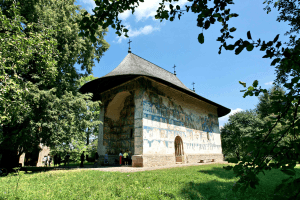
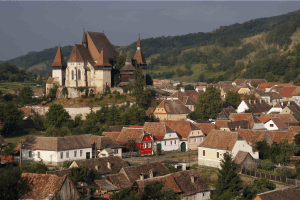
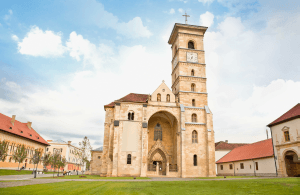
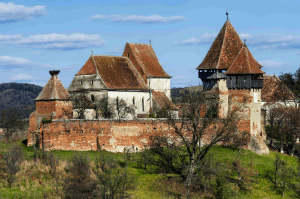
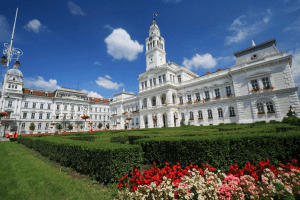
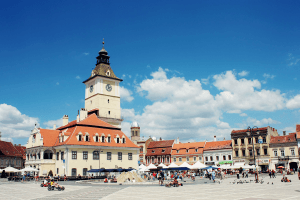
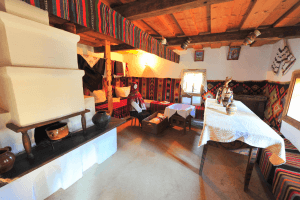
.png)
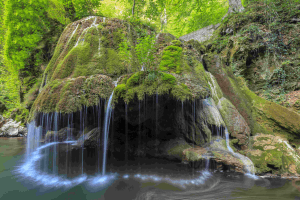
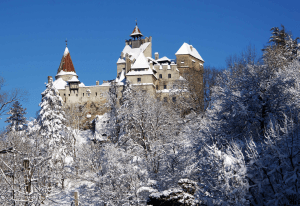
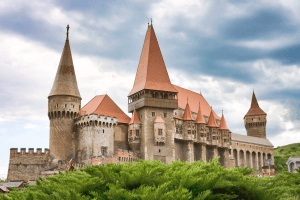
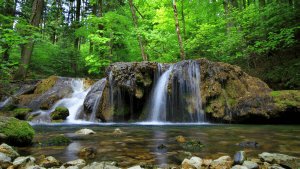
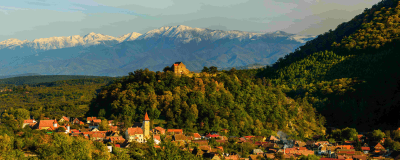
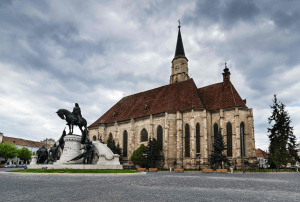
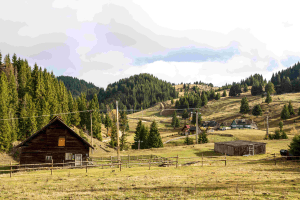
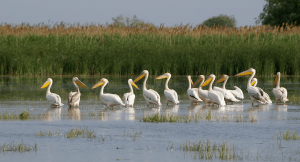
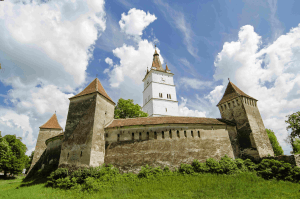
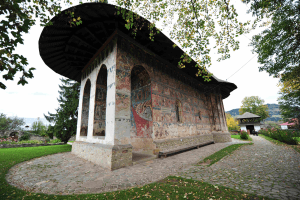
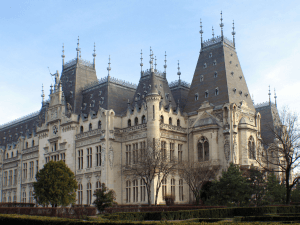
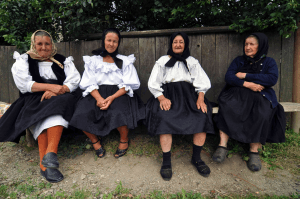
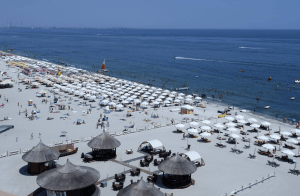
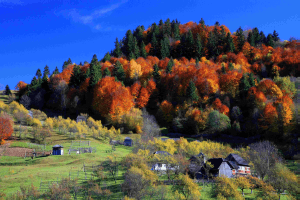
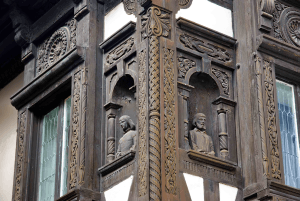
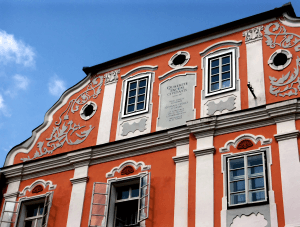
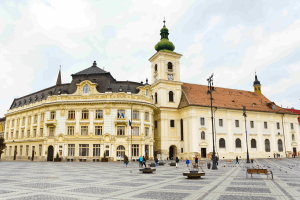
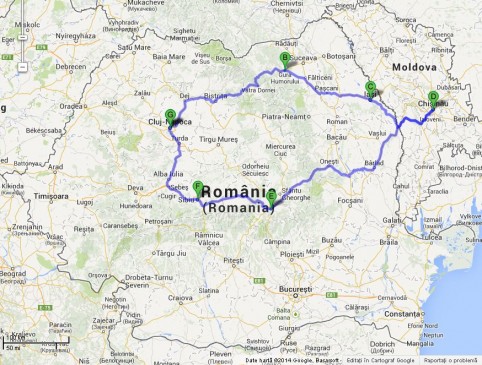
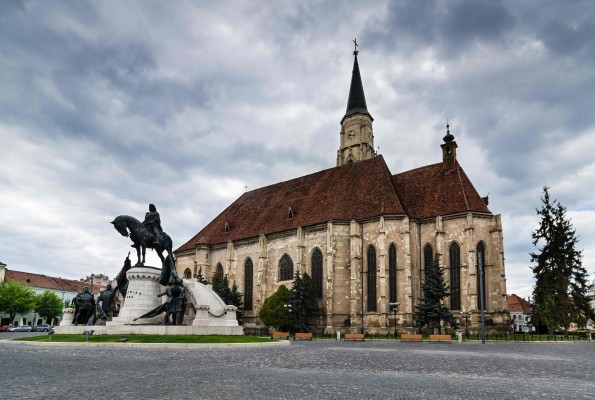





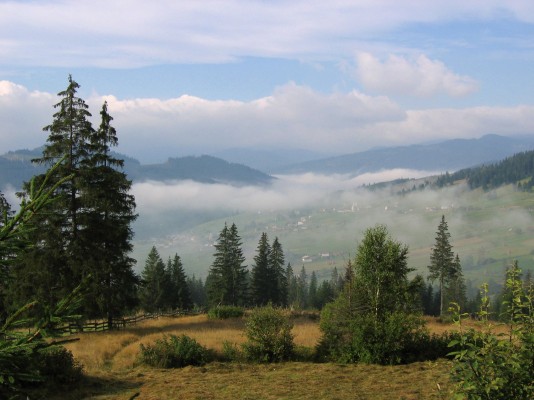





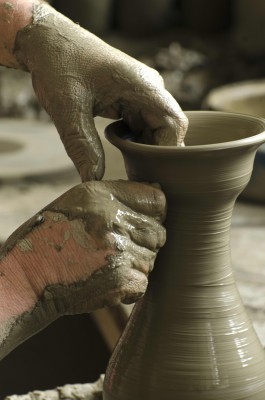





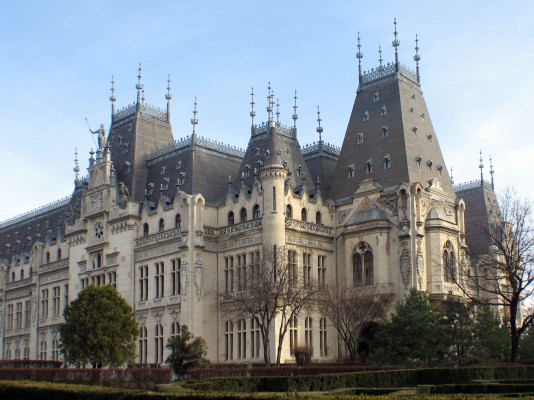





.JPG)
.JPG)




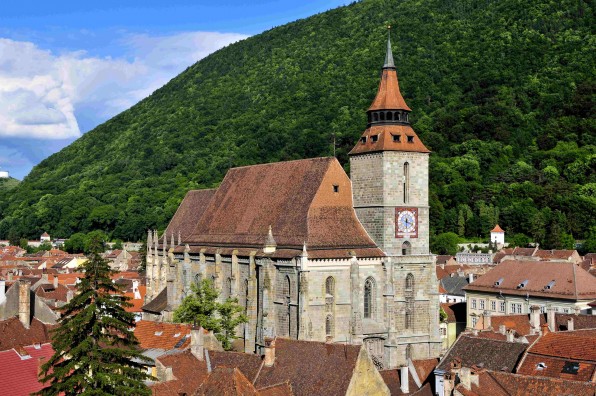





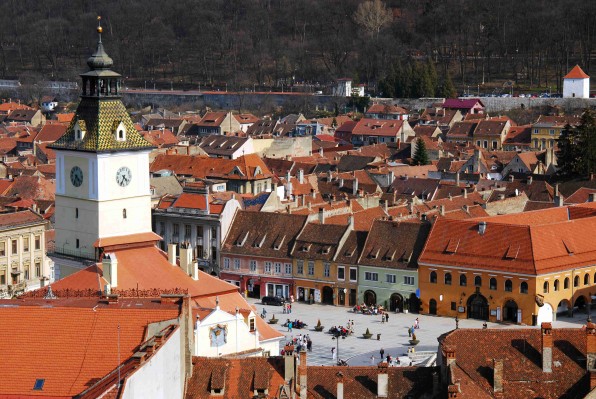





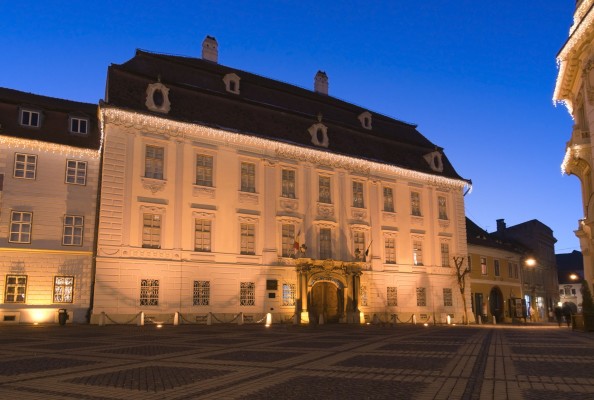





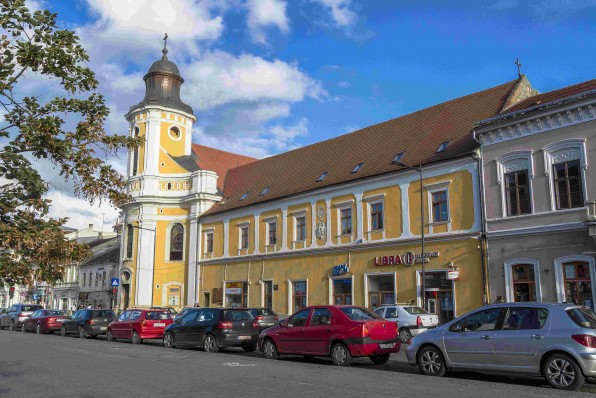
Add a comment